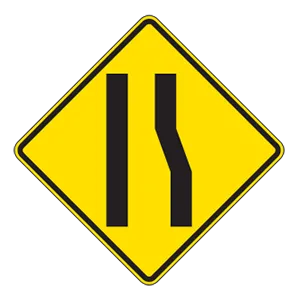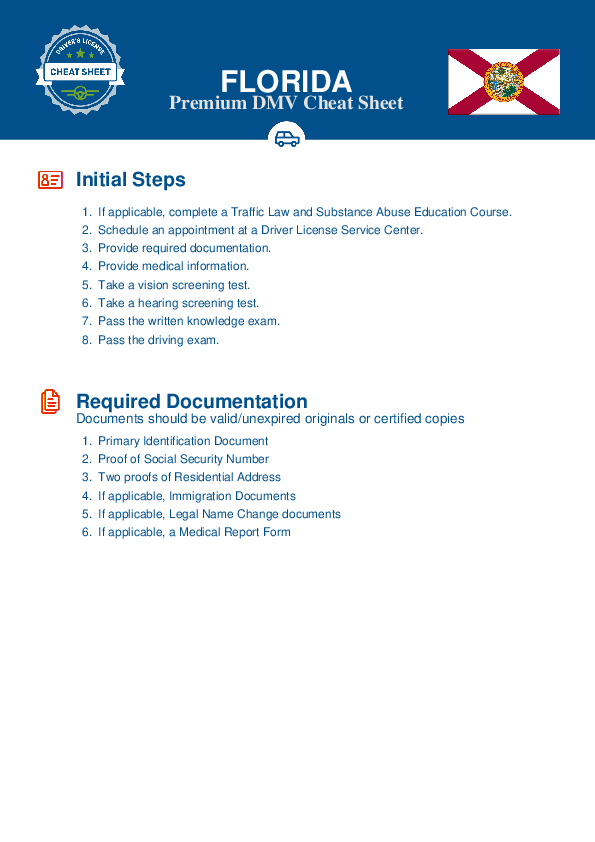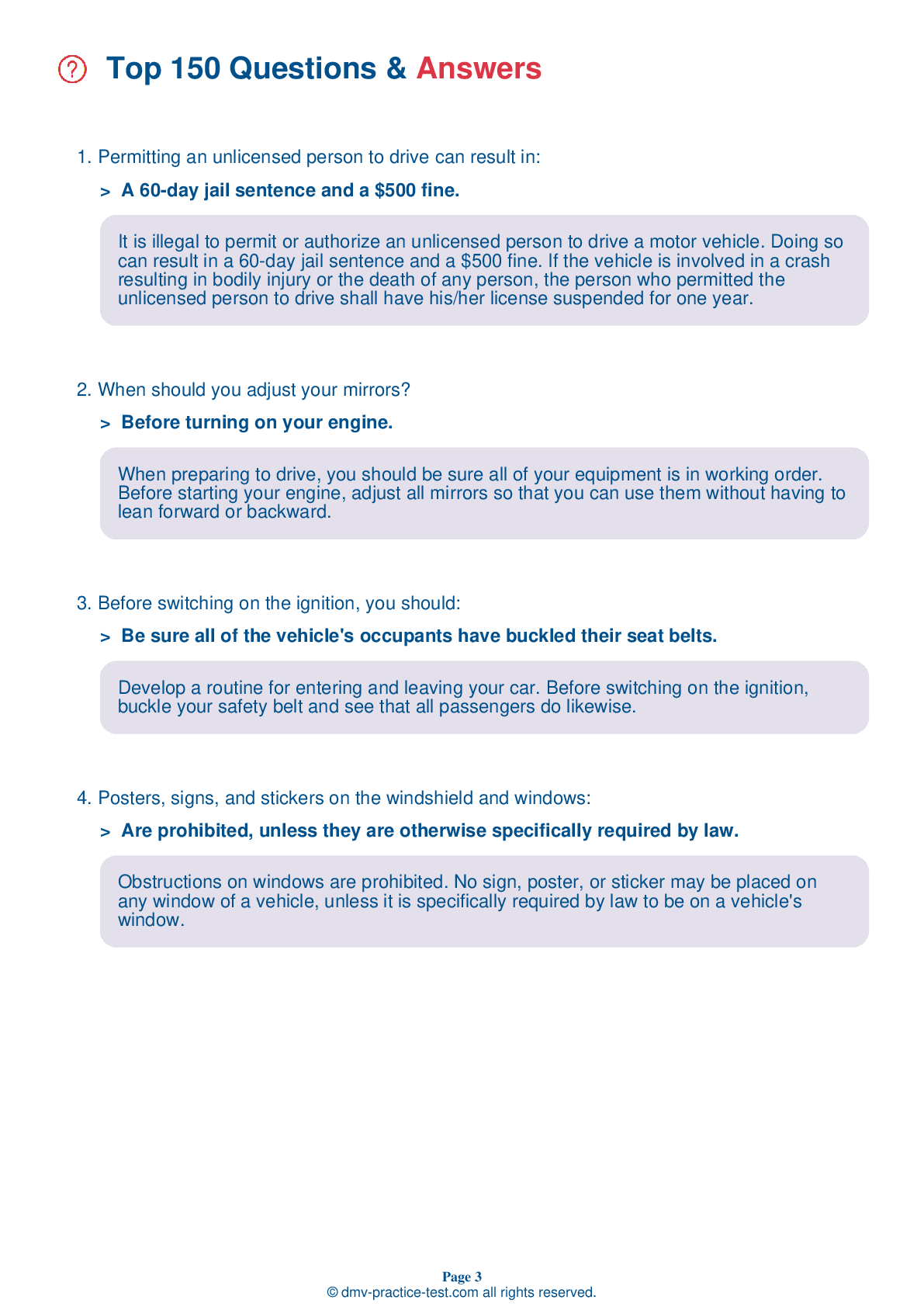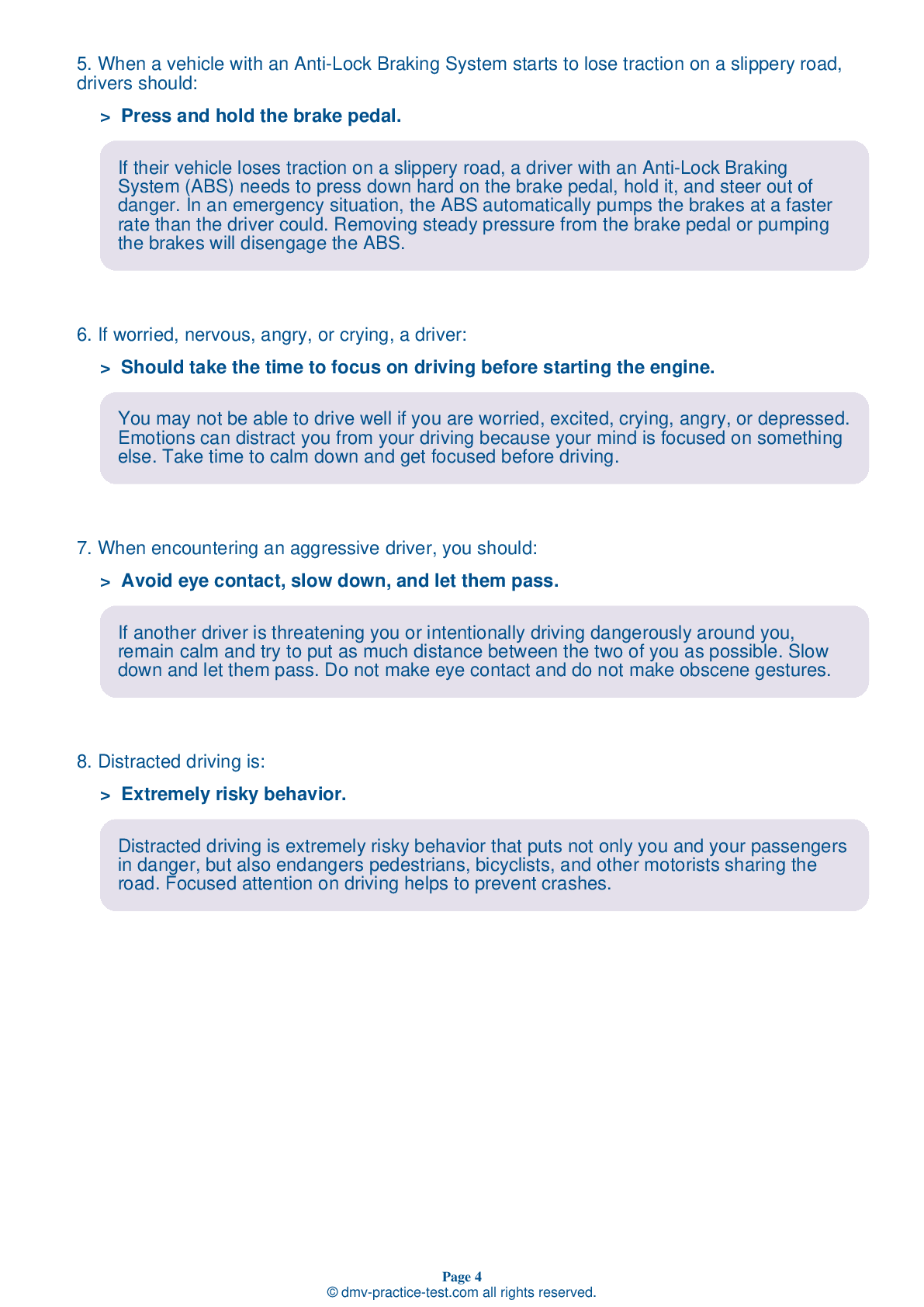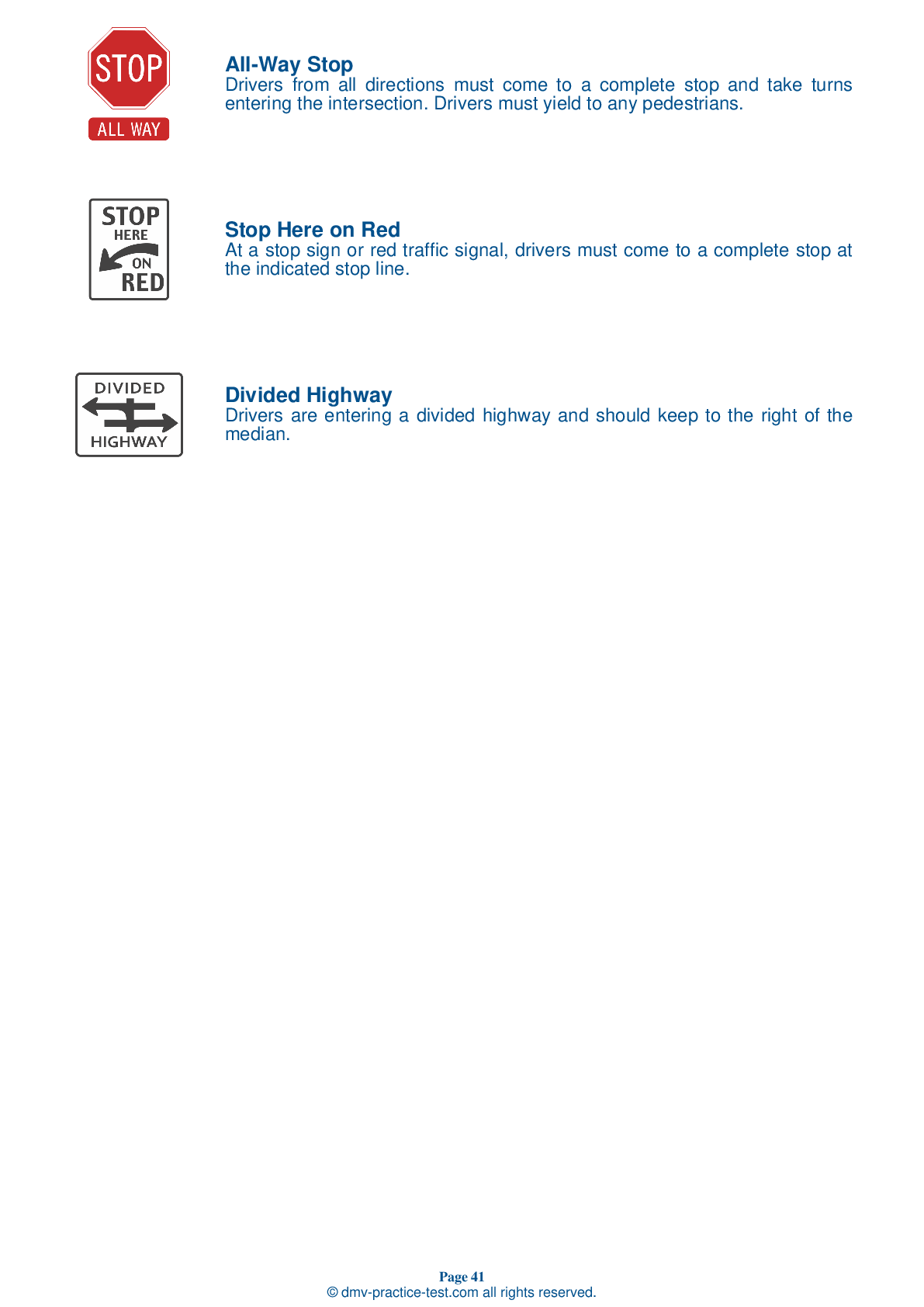FREE Florida DMV Practice Test #1 Page 2 of 7
This set of DMV practise tests for the Florida has been updated for January 2025. It includes questions based on the most important traffic signs and laws for 2025 from the Florida Driver Handbook. To study for the DMV driving permit test and driver's licence exam, use actual questions that are very similar (often identical!) to the DMV driving permit test and driver's licence exam.
Each question on the practise exam has a tip and explanation to help you recall the ideas. Questions about traffic rules, traffic signs, and driving statutes, as well as information from the Driver Handbook, will be included in the written portion of the official DMV test.
You must properly answer 40 of the 50 questions to receive the required passing mark. To help you prepare for your Florida instruction permit or driver's licence, take our DMV practise test.
The DMV exam is offered in a variety of languages.
Using any kind of testing assistance will result in an automatic fail, and the DMV may take additional action against your driver's licence, so stay away from it.
8 . You should be cautious when passing a bicycle because:
You should always be cautious when passing a bicycle because the cyclist may have to swerve into traffic to avoid an object on the road. Always be particularly careful when driving near bicyclists.
9 . You must yield for emergency vehicles:
You must yield the right-of-way to any emergency vehicle that is using its siren or flashing lights.
10 . What may help drivers conserve gasoline?
Every time you have to stop quickly, it takes time and fuel to accelerate and get your vehicle back up to the speed of traffic. Drivers who look far ahead of their vehicles can slow down gradually or change lanes to avoid unnecessary braking, leading to better gas mileage.
11 . This sign means:
